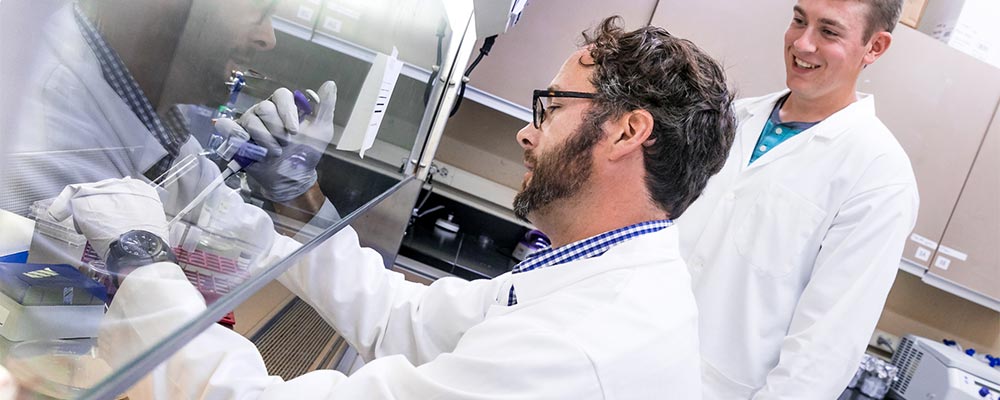The Centers for Disease Control and Prevention (CDC) has identified bacteria that have acquired antibiotic resistance as the MOST urgent public health threat. Microbial resistance existed long before humans ever knew antibiotics existed. In nature, some bacteria can produce antibiotics to defend themselves against other ‘intruding’ bacteria. However, shortly after Alexander Fleming identified penicillin in 1928, the overuse of antibiotics in humans and improper disposal resulted in a surge of bacterial resistance. Shortly after this time, it was also discovered that certain antibiotics, like tetracycline, could not only be used in agriculture as a preventative treatment against infections, but could serve as a growth promoter. It was inevitable for the overuse of antibiotics in agriculture.
In the UW-Milwaukee Antibiotic Resistance and Antimicrobial Photodynamic Therapy Laboratory, we analyze the prevalence of antibiotic resistance in our environment, as well as identifying the impact humans may play on these levels. We also analyze the molecular components involved in providing antibiotic resistance to different bacterial populations and assess if these resistant strains could be potential pathogenic.
Another major focus of the lab is identifying alternative methods for killing bacteria. One method is called photodynamic therapy (PDT) where a chemical, called a photosensitizer, is activated to a higher energy level when exposed to different wavelengths of light in the presence of molecular oxygen. As a result, reactive oxygen species are produced which can kill the bacteria. We continue looking at this effect against an array of different bacteria in both their planktonic (in suspension) and biofilm state.
Contact
Director
Troy Skwor, PhD
skwor@uwm.edu
414-251-7457
Address
2400 E. Hartford Ave.
Enderis Hall, Room 457
Milwaukee, WI 53211
